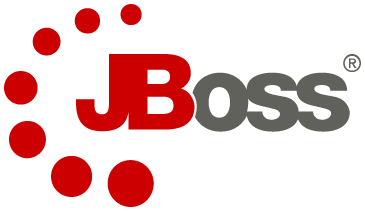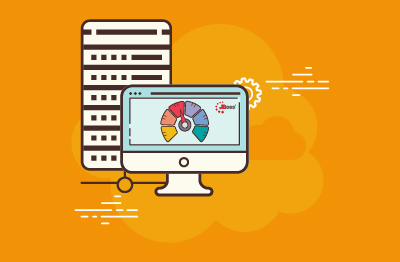JBoss
What is JBoss?
JBoss, also known as WildFly, is an open-source Java-based application server and runtime environment developed by Red Hat. It provides a platform for hosting and running Java applications, particularly enterprise-level applications.
JBoss/WildFly is widely used in enterprise environments for deploying and managing Java applications. It provides a robust and scalable platform for building and running mission-critical applications, offering developers flexibility and productivity while ensuring reliability and performance.

The key features of JBoss
JBoss offers a wide range of features and capabilities that facilitate the development, deployment, and management of Java-based applications. Some key features include:
- Java EE Compliance: JBoss is fully compliant with the Java Enterprise Edition (Java EE) specifications. It implements the various Java EE technologies such as Java Servlets, JavaServer Pages (JSP), Enterprise JavaBeans (EJB), Java Messaging Service (JMS), and many more.
- Modular Architecture: JBoss adopts a modular architecture, allowing developers to customize the server by selecting only the required components. It uses a lightweight container called JBoss Microcontainer, which allows for better resource utilization and improved performance.
- High Availability and Clustering: JBoss supports clustering and high availability, enabling the deployment of applications across multiple servers for load balancing and failover. It includes features like session replication, distributed caching, and load balancing algorithms.
- Management and Monitoring: JBoss provides a management console and command-line tools for monitoring and managing the application server. It offers fine-grained control over various server resources, including applications, data sources, security settings, and more.
- Integration Capabilities: JBoss integrates with other popular technologies and frameworks, such as Spring, Hibernate, Apache Camel, and Apache ActiveMQ. It offers support for various protocols, including HTTP, HTTPS, JMS, SOAP, and RESTful web services.
- Security Features: JBoss includes built-in security features, such as authentication, authorization, and secure communication. It supports various security standards and protocols, including SSL/TLS, JAAS (Java Authentication and Authorization Service), and role-based access control (RBAC).
How scalable is JBoss?
Since it heavily supports multi-threading, JBoss is highly scalable and can handle hundreds of requests per second. There are several best practice configurations that administrators need to take care off when configuring JBoss in order to achieve the best scalability and performance. Read this insightful blog on 5 best practices for tuning JBoss for peak performance to learn more.
What are some of the key metrics to track to monitor Apache Tomcat?
Since JBoss runs on a Java virtual machine, it is essential to monitor the JVM and its internals in-depth. Performance of the JVM garbage collector, usage of the JVM’s heap memory, threads running in the JVM are some of the key metrics to collect. JBoss/Wildfly expose key metrics about the application server via Java Management Extensions interfaces so monitoring tools can track the application server’s performance. Key metrics include the traffic on each connector, response time for servlets, errors seen by the container and so on. JBoss logs are also a great source of metrics. Access logging must be turned on for this. To get greater insights into applications hosted on JBoss, distributed transaction tracing can be implemented using tools like eG Enterprise.
Learn more about comprehensive JBoss monitoring capabilities included in eG Enterprise here: https://www.eginnovations.com/supported-technologies/jboss-monitoring


